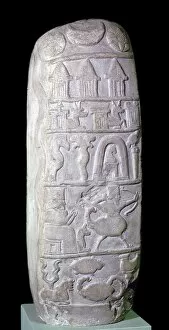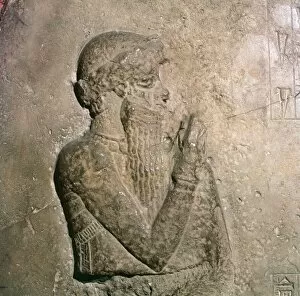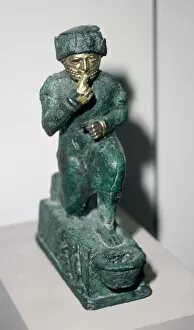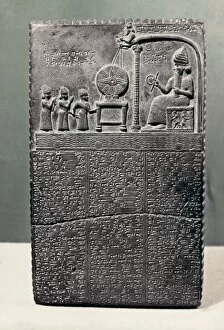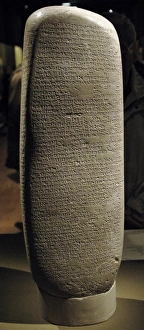Sippar Collection
Sippar, a historical city in southern Iraq
All Professionally Made to Order for Quick Shipping
Sippar, a historical city in southern Iraq, holds within its ancient boundaries a wealth of artifacts that offer glimpses into the rich history and culture of Babylonian civilization. One such artifact is the Babylonian boundary-stone (kudurru) dating back to the reign of King Nebuchadnezzar I, which stands as a testament to the administrative prowess of this mighty ruler. In addition to this kudurru, it has yielded a cuneiform tablet containing the Atrahasis Epic. This epic poem provides valuable insights into Mesopotamian mythology and sheds light on their beliefs regarding creation and flood narratives. Amongst the clay treasures discovered is an intriguing mask depicting Huwawa, a fearsome demon from Babylonian folklore. Crafted around 1800-1600 BC, this mask serves as evidence of the artistic skill possessed by ancient artisans who sought to capture mythical beings in intricate detail. A map believed to originate from Sippar offers us a glimpse into how these ancient people perceived their world during approximately 700-500 BC. It showcases their geographical knowledge and highlights their advanced cartographic skills for its time. Furthermore, it has gifted archaeologists with various objects related to religious practices. A clay model representing a sheep's liver was likely used for divination purposes during Old Babylonian times (c1900-1600 BC). Additionally, tablets depicting King Hammurapi at worship provide insight into royal rituals and underline his devotion towards deities like Amurru. The presence of statues such as one possibly portraying Hammurabi himself further emphasizes the importance placed on religious worship in Sippar. These statuettes serve as reminders of both political power and spiritual authority held by rulers during that era. Not only does Sippar boast remarkable artifacts related to religion and governance but it also houses remnants from different periods throughout history.

